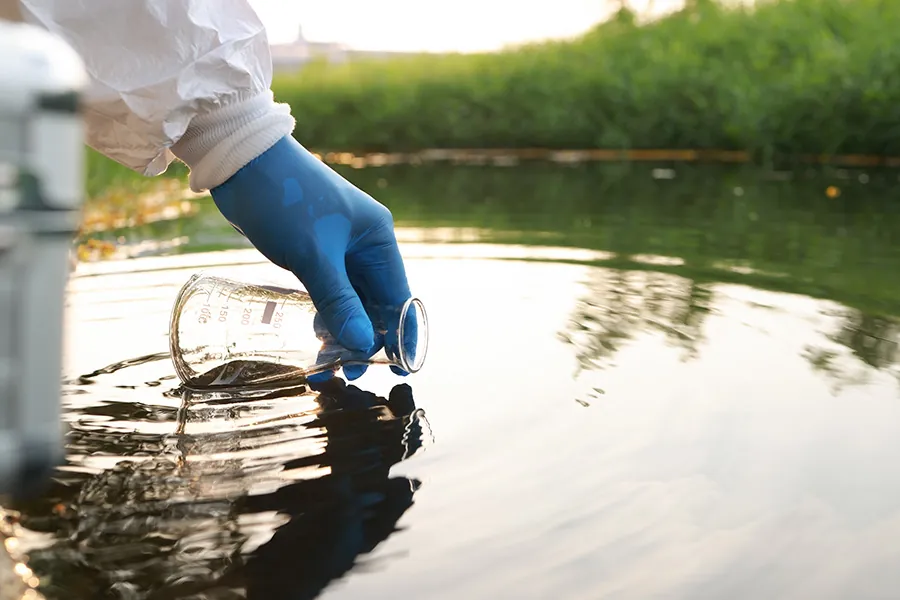Raleigh, NC: (919) 277-9299

For veterans like Jeff, the health impacts of Camp Lejeune water contamination go beyond physical ailments. The mental anguish, guilt, and anger drive him to share his story before Parkinson’s disease takes his ability to speak. During Jeff’s years of service at Camp Lejeune, he delivered water to fellow Marines, a seemingly innocuous task then, but one he regrets now. This father’s Camp Lejeune diagnosis has sidelined him from family time, rendering him unable to play catch with his son or bait his granddaughter’s fishing hooks. Three others in Jeff’s platoon also have Parkinson’s disease, one of many recurring Camp Lejeune diagnoses amongst former residents of the base.
Jeff and other retired service members now battle on new fronts—against the health impacts of Camp Lejeune water contamination and the U.S. Government. For many of these veterans, the diseases and health conditions are just as debilitating as the knowledge that they were betrayed by a country they once fought so hard to protect.
Those experiencing health impacts due to Camp Lejeune water contamination aren’t alone, and anyone who lived on base between 1953 and 1987 is at risk. Though no two cases are identical, the pattern of unexplained illnesses linked to Camp Lejeune water exposure is all too familiar for folks like Jeff and his comrades. The volatile organic compounds (VOCs) in the Camp Lejeune water continue to cause one devastating prognosis after another, decades after the chemicals were discovered and concealed.
Illnesses Associated With Camp Lejeune Toxic Water Exposure
The toxins in the water at Camp Lejeune included trichloroethylene (TCE), tetrachloroethylene (PCE), vinyl chloride, and benzene. Individuals unknowingly ingested these compounds when they drank tap water and prepared food; and when people living on base showered, bathed, or washed dishes, they inhaled the water and steam vapors, swallowed them, and absorbed them into the skin. These pathways for diseases resulting from exposure to Camp Lejeune water were unassumed, making the diagnosis of cancer, leukemia, or liver disease even more dismaying for veterans.
The epigenetic changes caused by exposure to VOCs resulted in various adult and childhood illnesses. Some conditions take years to materialize, making it even more difficult for those affected to connect the dots between a diagnosis and time spent at Camp Lejeune.
One U.S. Government agency study has concluded that these Camp Lejeune cancers and diseases are closely related to exposure to the water on base:
- Adverse Birth Outcomes
- ALS
- Aplastic anemia or other myelodysplastic syndromes
- Bile duct cancer
- Bladder cancer
- Brain/CNS cancer
- Breast cancer
- Cardiac birth defects
- Cervical cancer
- Colorectal cancer
- Infertility
- Gallbladder cancer
- Hypersensitivity skin disorder
- Kidney cancer
- Leukemia
- Liver cancer
- Hepatic steatosis
- Lung cancer
- Multiple myeloma
- Neurobehavioral effects
- Non-cancer kidney disease / end stage renal disease
- Non-cardiac birth defects
- Non-Hodgkin’s lymphoma
- Ovarian cancer
- Pancreatic cancer
- Prostate cancer
- Parkinson’s disease
- Sinus cancer
- Soft tissue cancer
- Renal toxicity
- Systemic sclerosis / systemic scleroderma
- Thyroid cancer
The diseases and cancers on the list above are not exhaustive but show the range of illnesses associated with chemicals in Camp Lejeune’s water.
Non-Cancer Diagnoses From Camp Lejeune Water Exposure
Though the Camp Lejeune cancer list includes many well-studied diseases, other non-cancer diagnoses are also linked to TCE, PCE, vinyl chloride, and benzene. Female infertility, liver diseases, miscarriages, neurobehavioral effects, and Parkinson’s disease are some of the health impacts beyond cancer associated with the water contamination at Camp Lejeune.
Substantial case studies on the health effects of Camp Lejeune support the likelihood that any individual who lived or worked on the base from 1953 to 1987 may be affected by the contaminated water, years after their service. Even children exposed to these chemicals in utero can experience cardiac birth defects and adult-onset diseases.
Calculating Water Exposure Risks at Camp Lejeune
Marines and their family members who once lived at Camp Lejeune now live on edge wondering when the next diagnosis may come. The Agency for Toxic Substances and Disease Registry (ATSDR), the Environmental Protection Agency (EPA), and other scientific agencies attempt to predict occurrences of illnesses in at-risk populations but this process is difficult at best.
And while risk assessments often focus on the incidence of Camp Lejeune cancers, which include kidney cancer, multiple myeloma, and leukemias, non-cancer illnesses are also prevalent among this military population.
